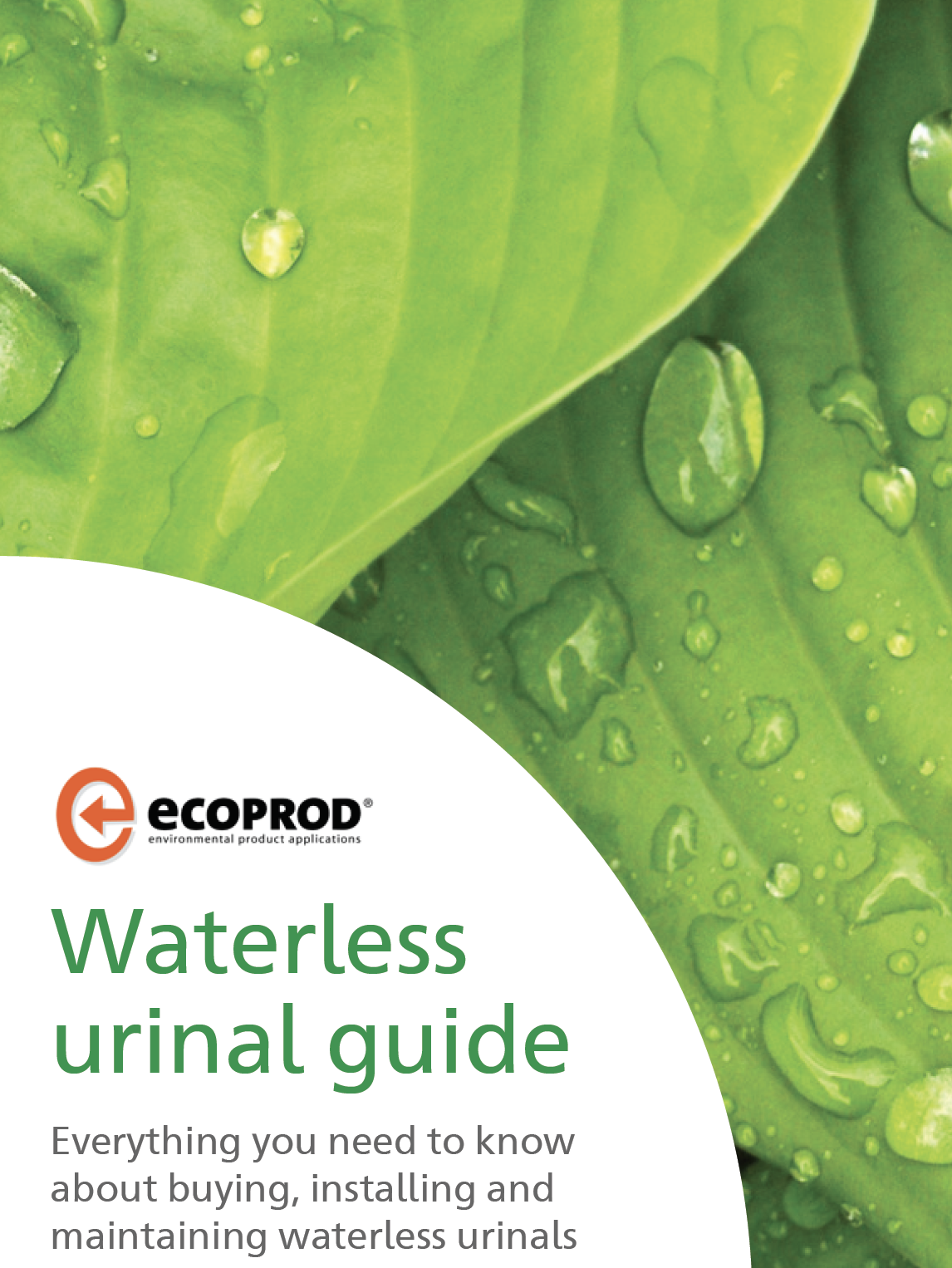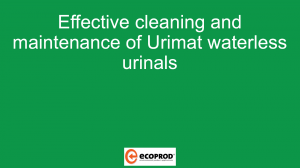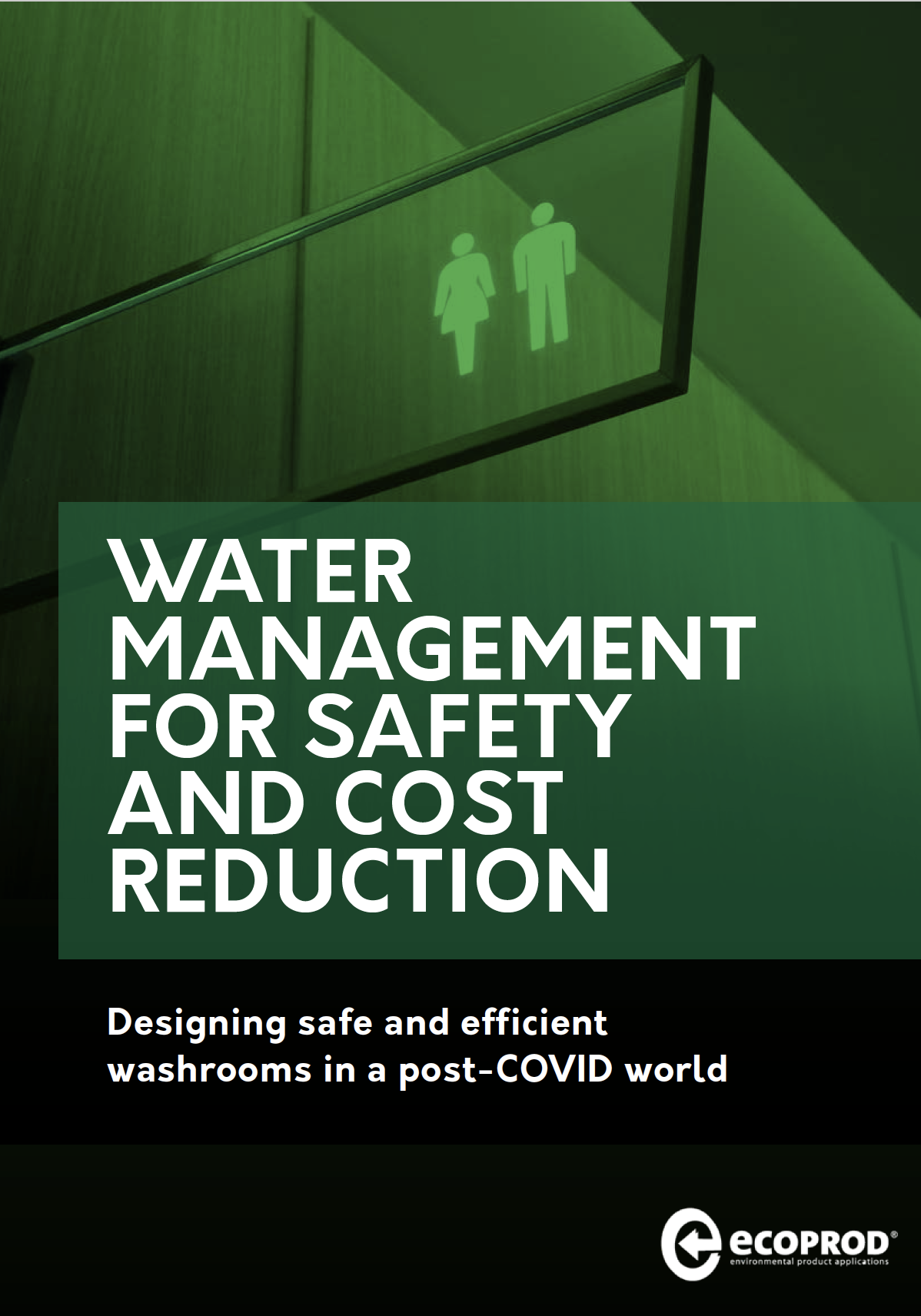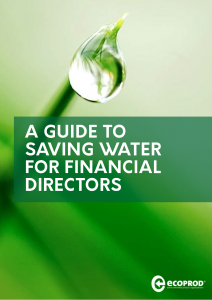According for the Centers for Disease Control and Prevention in the US, the average shower lasts 8 minutes. Assuming a typical flow rate of around 10 litres per minute that is an average water usage of more than 80 litres per shower. Currently the average person uses 140 litres of water per day. This needs to be reduced to 100 litres or even less so cutting the amount of water used when showering can really help significantly reduce overall water usage.
Showering is one of the main sources of water wastage in private homes, but it’s also a significant issue in organisations such as hotels, leisure centres, university halls of residence, sports venues and any other organisation that has a significant number of showers. Showers, particularly electric showers, have a very substantial environmental impact in terms both of water use and energy use. And of course, there’s a financial cost associated with this – both the water bill and energy bill ultimately impact on an organisation’s bottom line.
Long showers have a serious environmental impact
Water wastage is a big issue right now and one that most organisations take seriously. Any organisation that is serious about its environmental credentials needs to be looking at every opportunity to cut down on water use. The water used in lengthy showers has a particularly high environmental impact due to the link between water use and energy consumption.
Water is heavy so the amount of energy required to move it around is significant. Water in showers needs to be treated to ensure that it is safe, then moved through pipes to the required location, all of which uses substantial amounts of electricity. Then of course that water needs to be heated, further increasing energy use.
So, if you have shower facilities that you offer to your staff or customers, one of the most effective ways to reduce both their environmental impact and the cost associated with running them is to reduce the amount of time people spend in the shower. Cutting the average showering time from 8 minutes to 5 minutes would save around 30 litres of water. Reducing it further down to 3 minutes would save 50 litres of water. When you’re running numerous showers over the course of a day these savings can really add up. And, of course, it isn’t just the water saving. You’re also saving the cost of heating that water.
Use pre-programmed showers to cut the time people spend showering
The most effective way of encouraging shorter showering is to install showers that can be pre-set to run for a fixed amount of time. We recommend Conti+ showers which enable you to accurately determine the precise amount of time for which the water will run after each button push. The pre-programmed default is 30 seconds but this can be programmed however you like. For example, Conti’s research shows that three minutes is the optimal time for venues such as hotels and gyms. However, you can customise this entirely to the needs of your users, offering shorter or longer running times as you see fit.
In our experience users will quickly change their habits in response to how the showers operate. For example, we know that people tend to shower for much longer in universities than they do in hotels or gyms. Trial installations in universities show that reducing the time for which the shower automatically runs can actually change users’ habits and encourage them to take shorter showers, particularly when combined with signage and messaging letting users know how much water and energy they’re saving by taking a shorter shower.
Set the shower at a fixed temperature
It may also be possible to further reduce the energy costs associated with showers by installing thermostatic mixer faucets that deliver water at a pre-set temperature that the user cannot alter. Whilst this may not be the most appropriate option in a hotel bathroom, it would be fine in a gym washroom and other public or semi-public showering areas. CONTI+ thermostatic mixer faucets ensure constant and preset water temperatures, even with varying water volumes and pressure fluctuations.
We’ve written elsewhere on this site about what to consider when you’re specifying showers in public buildings, and you can check out information about Conti+ showers here or get in touch with us today to talk more about the options that are right for you.













 For the last 8 years Robert Summer – Head of International Sales and Marketing – has developed structured distribution network worldwide for CONTI+ brand. The products offer great benefit for washrooms and shower rooms for public, semi-public and health sector. Today, sustainability, hygiene and smartness are key to CONTI+ solutions. Robert lives the brand and its USPs and loves to support and motivate his team on a daily basis.
For the last 8 years Robert Summer – Head of International Sales and Marketing – has developed structured distribution network worldwide for CONTI+ brand. The products offer great benefit for washrooms and shower rooms for public, semi-public and health sector. Today, sustainability, hygiene and smartness are key to CONTI+ solutions. Robert lives the brand and its USPs and loves to support and motivate his team on a daily basis.











Comments are closed.